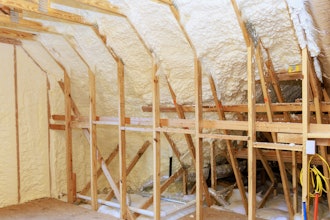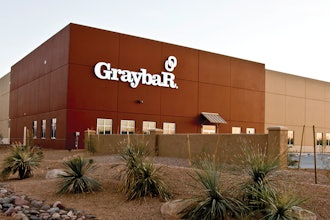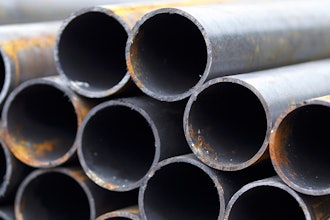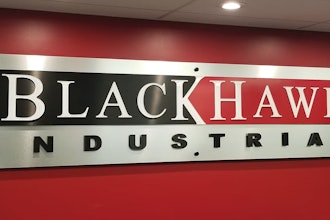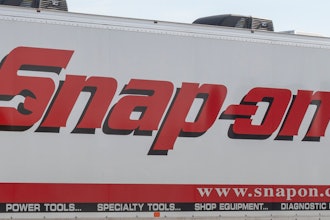Unless you’re superman, you’re not going to be lifting heavy pallets anytime soon. Enter the forklift. Forklifts are great tools for businesses that need them. But, they can also be very dangerous. Safety is the primary concern around these heavy machines, so understand when they need to be inspected and fixed. We’ve also added a handy infographic at the bottom of this post for quick viewing.
Tip #1: Inspection After Collisions
Let’s imagine that one of your employees is operating a forklift. He is doing a pretty good job, but suddenly he turns a corner and accidentally hits a safety bollard. What should he do now? Unfortunately, many employees don’t know, and most managers don’t want to interrupt the workday to constantly check up on employees to see if they’ve been in any accidents – regardless of how incidental they may be.
Any collision warrants an inspection of the vehicle. It doesn’t necessarily have to be a thorough inspection, but someone needs to make sure that no hoses have been damaged, nothing is bent, and all critical systems are functioning normally. If the vehicle is involved in a serious collision, it must be taken out of commissioned and repair before it is put back into service.
Tip #2: Normal Service Intervals
Always follow the manufacturer’s recommended service schedule. Companies, liketheliftingcompany.com.au, always recommend various service protocols for all types of light and heavy machinery.
Some equipment will need fluids changed at regular intervals, while most equipment will require hoses, belts, and various lines to be serviced over time. Hydraulic equipment may have additional service requirements that require professional servicing.
For example, after 100,000 miles, you may need extensive servicing of the hydraulics on the lift. Not servicing your forklift is inherently dangerous as faulty parts, levers, and safety equipment could result in serious injury or death.
Tip #3: Set Up Pedestrian Traffic Areas
Because it’s difficult to see what’s in front of you while operating a forklift, your company should set up designated pedestrian walkways. This is one of the most important things you can do to protect both the employees on foot and the drivers.
A pedestrian walkway is a designated walkway that is either taped off, lighted, or secured by bollards so that individuals and forklifts do not share the same space.
In many cases, multiple methods are used to secure pedestrian areas. For example, reflective tape may be laid down over tapes off sections that are secured with safety bollards.
A safety bollard is a physical barrier – a reinforced steel beam or post – that is anchored into the floor. This beam provides strong and significant protection to pedestrians from forklifts. However, the bollard must be rated for the force and speed of the forklifts you’re using. Not all bollards will be able to deflect or absorb the impact of a forklift.
Tip #4: Engineer The Facility For The Machines
Engineering your facility to separate pedestrians from forklifts is another smart move every company should adopt. More than just erecting barriers, engineered solutions physically remove people and walkways from areas where forklifts are operated. This dramatically reduces, and in most cases, eliminates the risk of an accident.
For example, a walkway between offices might be open and protected only by bollards. While this is safe, it’s still possible for an accident to occur. If the walkway is moved or rerouted or protected by an enclosed hallway structure, the risk of accident is dramatically reduced.
If it’s possible to reroute walkways on the other side of the building or in areas where forklifts simply do not go, the risk is eliminated – this is best of all worlds.
Baring engineered solutions, warning lights, signs, and audible vehicular devices should be used. Driver and pedestrian education should also be employed to protect everyone in “danger zones.”
Strict speed limits should be placed in pedestrian areas to remind drivers that they must move slowly. If possible, retrofitting vehicles with speed governors should be done. As a last resort, pedestrians should always carry personal signalling devices, like horns, to alert drivers of their presence.

















